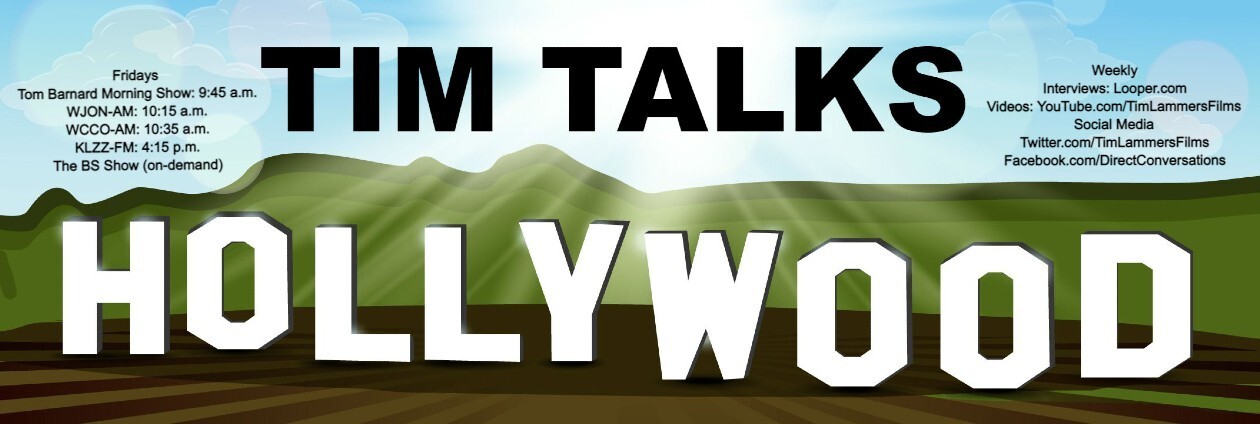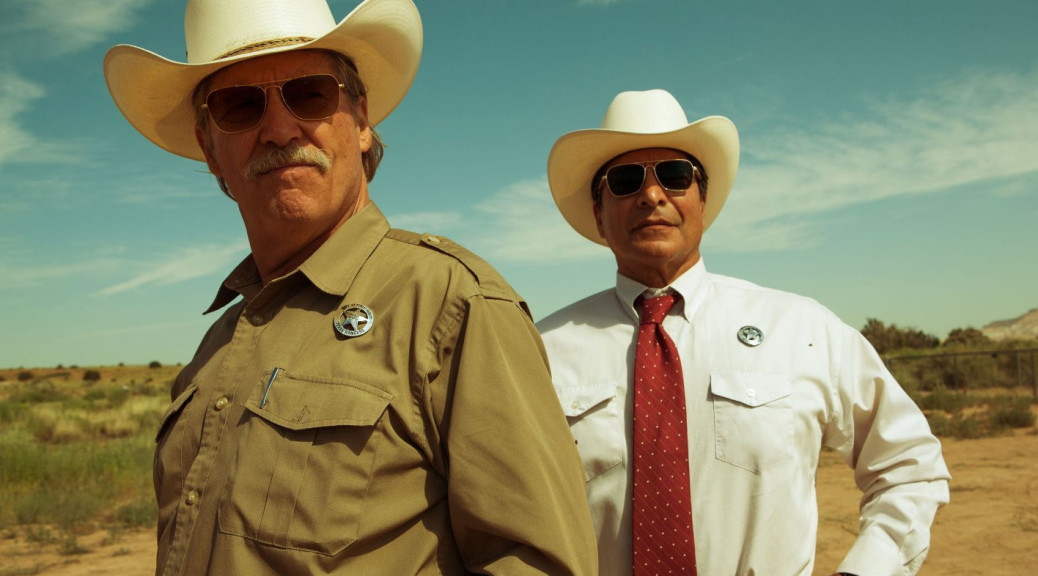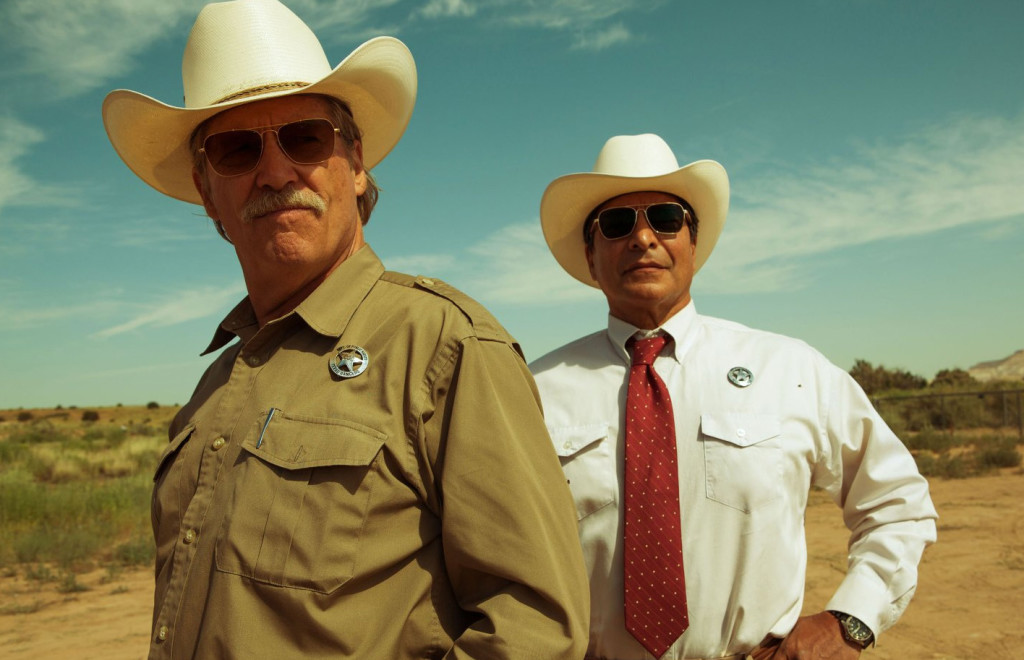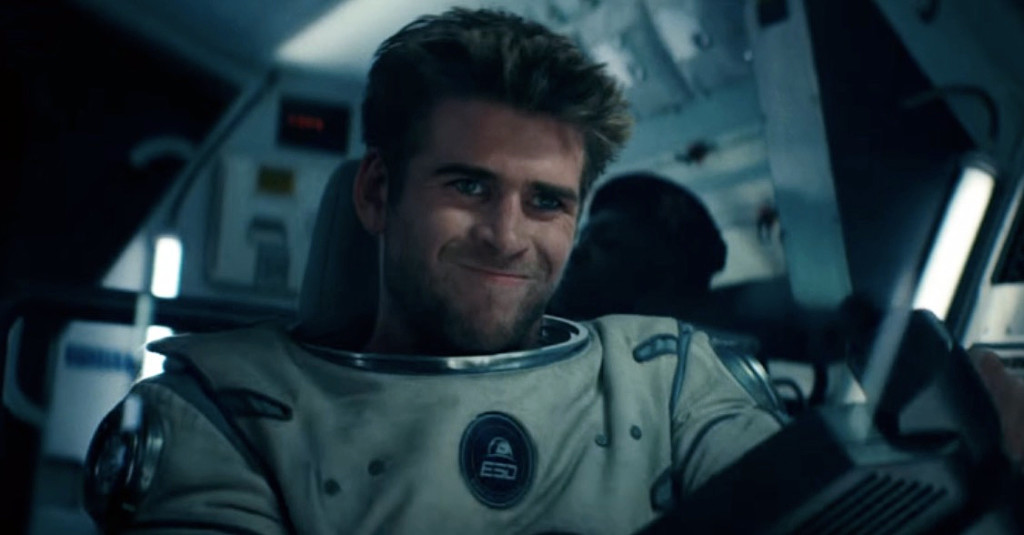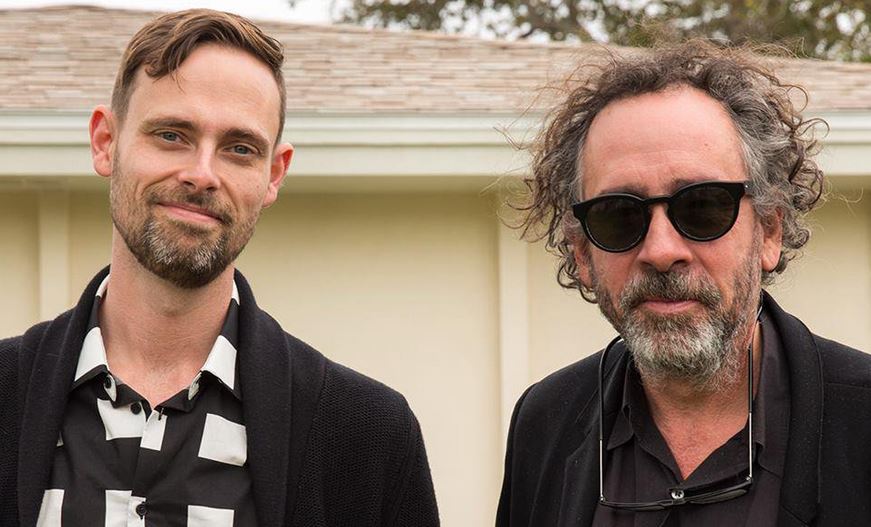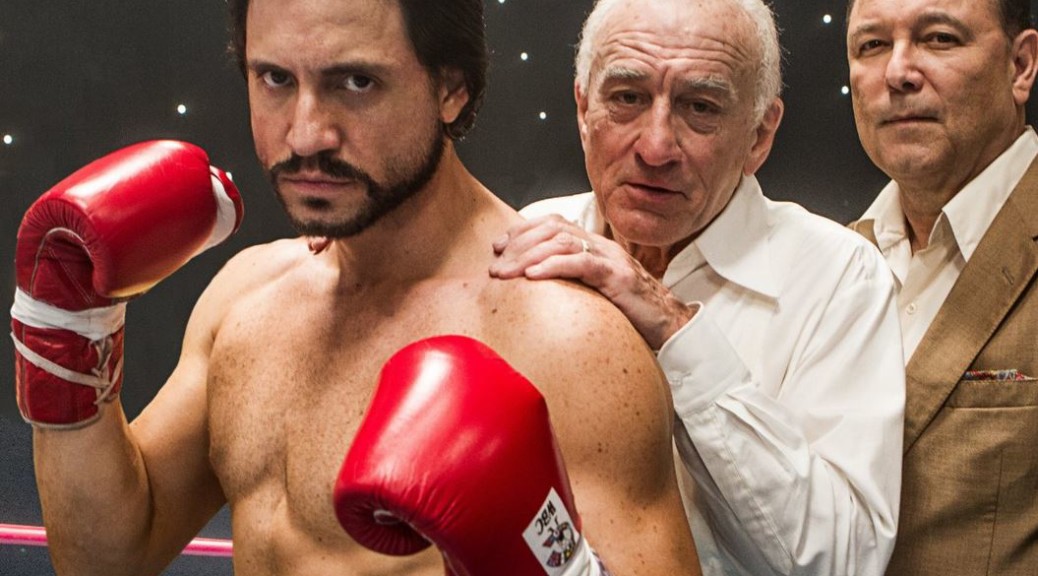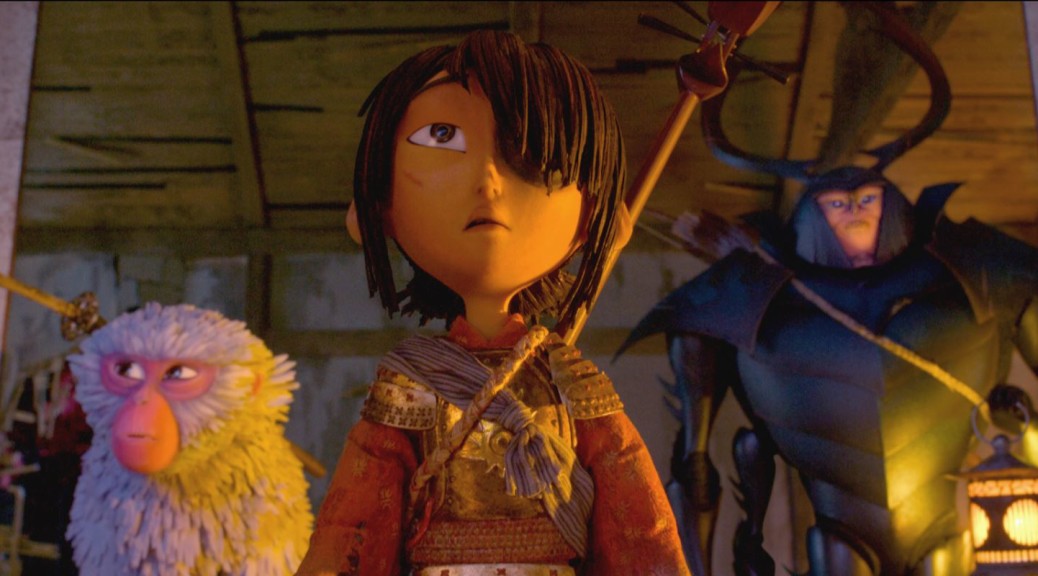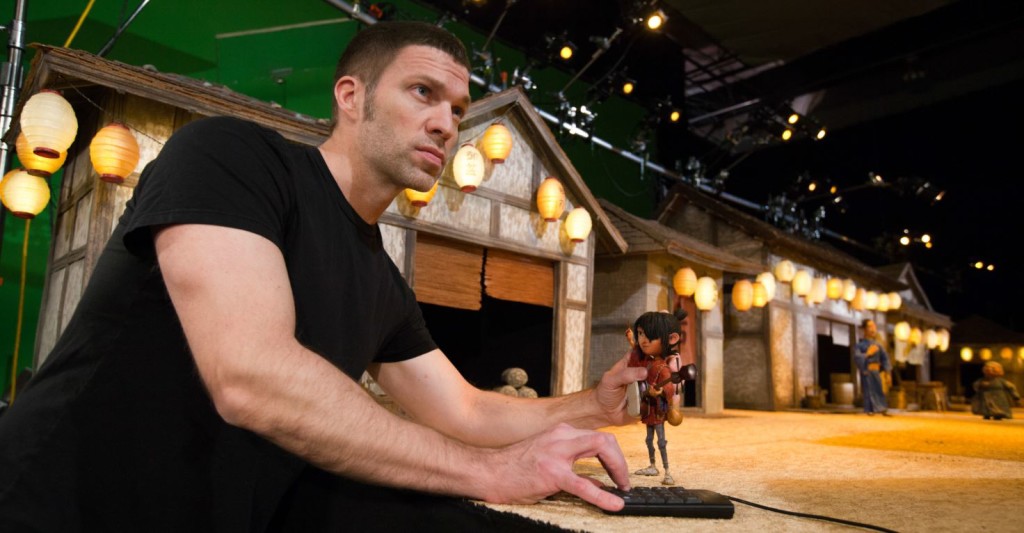There’s no better way of putting it: Most of this summer’s movie offerings were pitiful. Loaded once again with sequels, remakes and reboots, the obvious lack of originality this summer movie season seemed to finally affect the box office, which at one point, was more than 22 percent down from last summer.
This summer yielded a slew of decent films, a few obvious winners and some huge disappointments. Here’s a look at the best and worst films to hit the big screen since summer movie kicked off in May.
- “The Conjuring 2″/”Don’t Breathe” (tie)
Horror movies usually do well at the box office, usually due to low budgets and normally large enough turnouts over opening weekend to make back their production budgets. Often, though, low budgets equate to cheap thrills, and “The Conjuring 2” and “Don’t Breathe” defied convention. Yes, the films have their fair share of quick scares to make jump, but layered within were actual stories and the novel approach by directors James Wan (“The Conjuring 2”) and Fede Alvarez (“Don’t Breathe”) to allow intensity to build towards suspenseful and exciting conclusions. If the studios are smart, they’ll rush these out on video in time for Halloween viewing.
- “Kubo and the Two Strings”/”Finding Dory” (tie)
The animation genre provided the most steady returns this summer, and the Laika stop-motion wonder “Kubo and the Two Strings” and Pixar’s long-awaited “Finding Dory” were easily the two best. The key to the success of both films is that they respected the intelligence of kid audiences and equally entertained adults audiences with smart scripts, loads of excitement, lots of humor (especially in “Dory”) and healthy doses of emotion (“Kubo”). The two films are shoo-ins for Best Animated Feature Oscars.

- “The BFG”
It’s odd that one of Steven Spielberg’s most magical films in years turned out to be one of his biggest box office disappointments. Sadly, Spielberg was the only marquee asset available to market the film, a live-action/motion capture animation hybrid that delightfully brings late author Roald Dahl’s enchanting tale to life. Fresh off his Oscar win for Spielberg’s “Bridge of Spies,” Mark Rylance is brilliant in his motion capture performance of a big, friendly giant (hence, the BFG), who teams with an orphan girl (Ruby Barnhill) in a ploy to prevent his fellow not-so-friendly giants from wreaking havoc with the children of London. The film features a bittersweet reteaming Spielberg and his “E.T. the Extraterrestrial” screenwriter Melissa Mathison, who died before filming was complete.
- “Captain America: Civil War”
The third and easily the best film in the “Captain America” movie arc, “Civil War” is arguably one of the best in the entire “Avengers” saga. Expertly directed once again by brother Joe and Anthony Russo, “Civil War” boasts a brilliant mix of action, emotion and effective storytelling that’s not undermined by the film’s thrilling visual effects. Grounded in real-world storytelling that infuses contemporary issues, the film pits Captain America (Chris Evans) against Iron Man (Robert Downey Jr.) – who are at odds over an international accord that would impose government oversight on the Avengers’ actions. Unlike the two “Avengers” film chapters, the film doesn’t feel overstuffed with superheroes, even though one massive, entertaining scene features 12 of Marvel’s greatest characters. It’s easily the best traditional superhero movie of the year (“Deadpool” gets its own designation since it’s anything but traditional).
- “Hell or High Water”
The biggest mystery behind this brooding crime thriller was the decision to release it in early August when it clearly would have been better served in the fall during awards season. The bank robber thriller feels fresh and exciting with some unique plot twists, and the “Heat”-like narrative is expertly constructed through the taut direction of David Mackenzie complimented by the flawless acting of Jeff Bridges, Chris Pine and Ben Foster aids “Hell or High Water” as moves toward its thrilling (and unpredictable) final showdown. The film, which refreshingly isn’t afraid to be politically incorrect (a rarity these days) is not only the best films of the summer, but one of the best films of the year.
And … the worst
Three films vie for this dishonor, although there are several more that could have easily been included. The ill-conceived “Warcraft” made the disastrous assumption that everybody was familiar with the plot of the blockbuster game series, and the confusing plot only compounded the pain of watching archaic-looking special effects; “X-Men: Apocalypse” was more disappointing than bad, mainly because there were so many expectations after “X-Men: Days of Future Past,” which was arguably the best film in the “X-Men” film series.
The worst movie the summer, hands down, was “Independence Day: Resurgence,” an embarrassing follow-up to the blockbuster “Independence Day” from 1996. The dialogue is horrible (“Let’s kick some alien ass!”), the acting is B-movie laughable and talented actors like Jeff Goldblum and Brent Spiner are completely wasted (Will Smith smartly declined to be in the film). Writer-director Roland Emmerich had 20 years to make this film and this is the best he could come up with? “Independence Day: Resurgence” is summer movie formula crap at its very worst.
